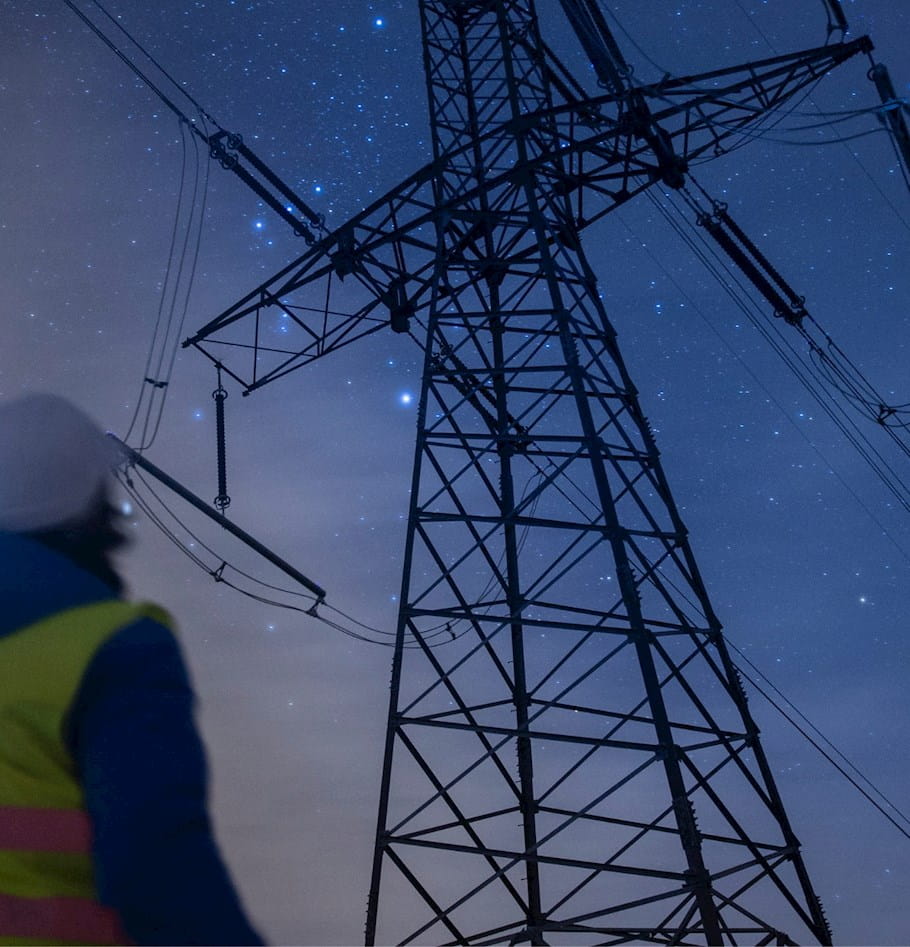Risks and responsibilities of natural gas infrastructure development
A key driver for investment in natural gas infrastructure is market demand, and as data shows, demand continues to increase across the United States
To meet this demand in part, developers are proposing new inter- and intrastate pipeline projects. In recent years, however, there has been strong opposition to new pipeline proposals, which has resulted in their delay or complete abandonment. Opponents to pipeline development are concerned that as a fossil fuel, continued and greater use of natural gas will further contribute to the increasing impacts of climate change. There are also concerns related to siting of proposed pipelines—namely, environmental impacts from construction activities or potential releases. Yet decisions on natural gas availability, infrastructure development, and use should not be made through a single lens view.
In some instances where natural gas infrastructure development has been stalled or halted altogether, demand is being met with alternative fossil fuel sources that also have negative impacts of their own, or with fuel switching from gas to another renewable or alternative energy source, including renewable gas. The fact remains that market forces dictate supply and demand for natural gas, and to satisfy demand, trade-offs must be made among competing policy, economic, and environmental priorities. Making these tradeoffs requires a holistic evaluation of priorities in terms of risks and the costs and benefits associated with avoiding, accepting, or mitigating them.
While the rationale for supply alternatives (i.e., “molecules”) and capacity alternatives (e.g., pipelines) includes common categories for evaluating risks, the analysis for each is different and distinct because decision makers and stakeholders differ for each, along with their role and motivations. Understanding how, why, and who makes natural gas supply-and-demand decisions is critical to achieving productive solutions that provide needed energy to support economic prosperity while mitigating, for example, potential environmental impacts.
Rising Demand and Declining Capacity
The upward trends in actual and forecasted annual consumption in these sectors are illustrated in Figures 2 and 3, respectively. The increase in consumption in the industrial and power sectors from 2008 to 2018 was roughly 27 percent and 59 percent, respectively; future increase in consumption from 2019 to 2050; is projected to be 28 percent and 16 percent, respectively.
The need to develop new natural gas infrastructure to meet increasing demand in part relates to the age of the existing infrastructure. Figure 4 illustrates the miles of US natural gas transmission and distribution pipelines in service as of 2018, by decade of installation. Of the more than 1.6 million miles of natural gas pipelines in service today, approximately 48 percent were installed between 1940 and 1979 (or the installation date is unknown), of which 65 percent is transmission and 35 percent is distribution. This timeframe is highlighted because during this period, pipelines were primarily manufactured from wrought iron, cast iron, and bare steel. Starting in the early 1970s, certain types of plastic were introduced and used to manufacture distribution pipelines.
Along with the components and methods used for joining pipes and installation, over time, these materials are prone to the failure modes of corrosion or brittle fracture and, therefore, leaks. Figure 5 summarizes the “serious” and “significant” reportable incidents between 2008 and 2018—a total of 1,530 incidents across an average of more than 1.5 million miles of onshore transmission and distribution pipelines—by cause. Of this total, approximately 38 percent were material-related (i.e., corrosion, equipment failure, and material failure of pipe or weld).
Through condition monitoring, the risks of damaged or leaking pipes are mitigated through various measures including reductions in operating pressures and scheduled repairs and replacements. Particularly for the industrial and power sectors, where large-diameter pipelines operating at high pressures are necessary, these measures are insufficient in meeting increasing demand; thus, new capacity is deemed required by industry. Where existing pipelines are operating below maximum allowed operating pressures, additional compression can be added to increase delivery volumes, but this is not possible everywhere or for all pipelines. In some regions of the country, natural gas pipeline capacity is constrained; that is, pipelines are currently operating at or near 100 percent capacity. A 2018 Massachusetts Institute of Technology study identified capacity constraints due to high utilization in the following regions and states:
-
Inflow capacity constraints in New England (Vermont in particular), California, and Florida—all net importers with forecasted demand increases, primarily due to high reliance on natural gas imports for power generation (Vermont specifically lacks pipeline capacity in general); and
-
Outflow capacity constraints in Pennsylvania—net exporter—primarily due to aging infrastructure and environmental opposition to new developments.
Determining suitable means to meet demand involves complex evaluations of risks by various scenarios throughout the life cycle of natural gas infrastructure.
DeCotis, Paul A. and Tata, Padma (August 2019). “Natural Gas Infrastructure Development—Risks and Responsibilities.“ Natural Gas & Electricity 35/13, ©2019 Wiley Periodicals, Inc., a Wiley company.

